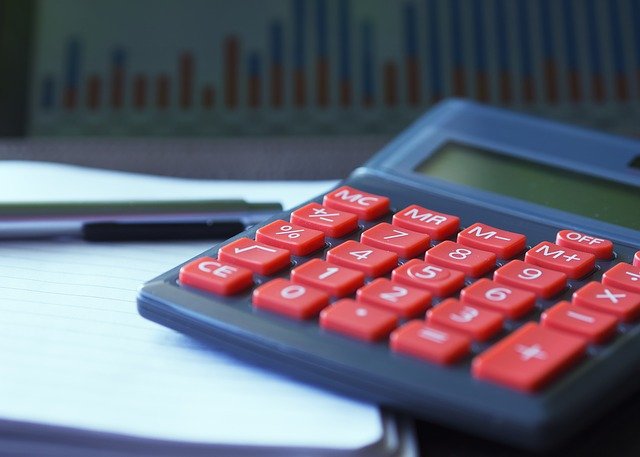There are a number of HMRC-approved VAT schemes available to small businesses and we look at three of these in this week’s Tax Tuesday and consider when their use may be appropriate.
Cash accounting
The cash accounting scheme is available for businesses with annual turnover of up to £1.35m.
VAT on supplies made is not due to be paid to HMRC until after payment is actually received from the customer.
However, VAT incurred on expenses is not claimable until after the payment is actually made to the supplier.
The scheme is therefore suitable for businesses making standard-rated supplies which have extended credit terms.
The cash flow advantage is increased if the business also pays its suppliers promptly after an invoice is received.
Another advantage of the scheme is that there is automatic relief for bad debts, i.e. if a customer does not pay, there is simply no VAT to pay to HMRC.
Annual accounting
The annual accounting scheme, again, is for businesses with annual turnover up to £1.35m.
Only one annual VAT return is prepared under this scheme and so an advantage can be the reduced administrative burden resulting from filing a reduced number of VAT returns.
A fixed quarterly payment on account can be made followed by an adjustment at the end of the year if appropriate.
The certainty of the quantum of the quarterly payment is a feature some businesses appreciate from a cash flow planning perspective.
However, the associated disadvantage with this is that if the payments on account prove too low, there can be an unexpected balancing payment to make.
This scheme has not proved as popular as expected when it was introduced, largely due to the uncertainties which can arise on the annual adjustment.
Also, many businesses prefer the discipline of preparing quarterly VAT returns.
For businesses which have predictable levels of sales and purchases the scheme can be useful as a means of reducing the administrative burden of preparing more regular VAT returns.
The flat-rate scheme
Broadly speaking the flat rate scheme is available to businesses with annual turnover of up to £150,000.
Instead of paying VAT at the full rate on supplies made and reclaiming VAT on costs incurred, the business instead simply pays a flat rate percentage on its VAT-inclusive turnover.
The percentage to apply varies, depending on which sector the business operates in.
The intention in introducing the scheme was to simplify administering and accounting for VAT for small businesses.
However, one of the consequences of the scheme is that often a business can reduce its overall VAT burden by using it.
HMRC has, to an extent, negated this planning possibility for VAT periods starting on or after 1 April 2017 by introducing a relatively high percentage (16.5%) for what are known as ‘limited cost traders’.
Broadly, these are businesses incurring low input VAT cost and so stand to benefit most from using the scheme.
In the right circumstances, the flat rate scheme can still be used to reduce a business’ administrative burden and effectively manage VAT liabilities.
If you would like to discuss any of these ideas further, please contact your relationship principal or email tax@haroldsharp.co.uk.
The author takes every care in preparing material to ensure that the content is accurate and up to date. However no responsibility for loss occasioned to any person acting or refraining from acting as a result of this material or from making use of this material can be accepted by the author.

